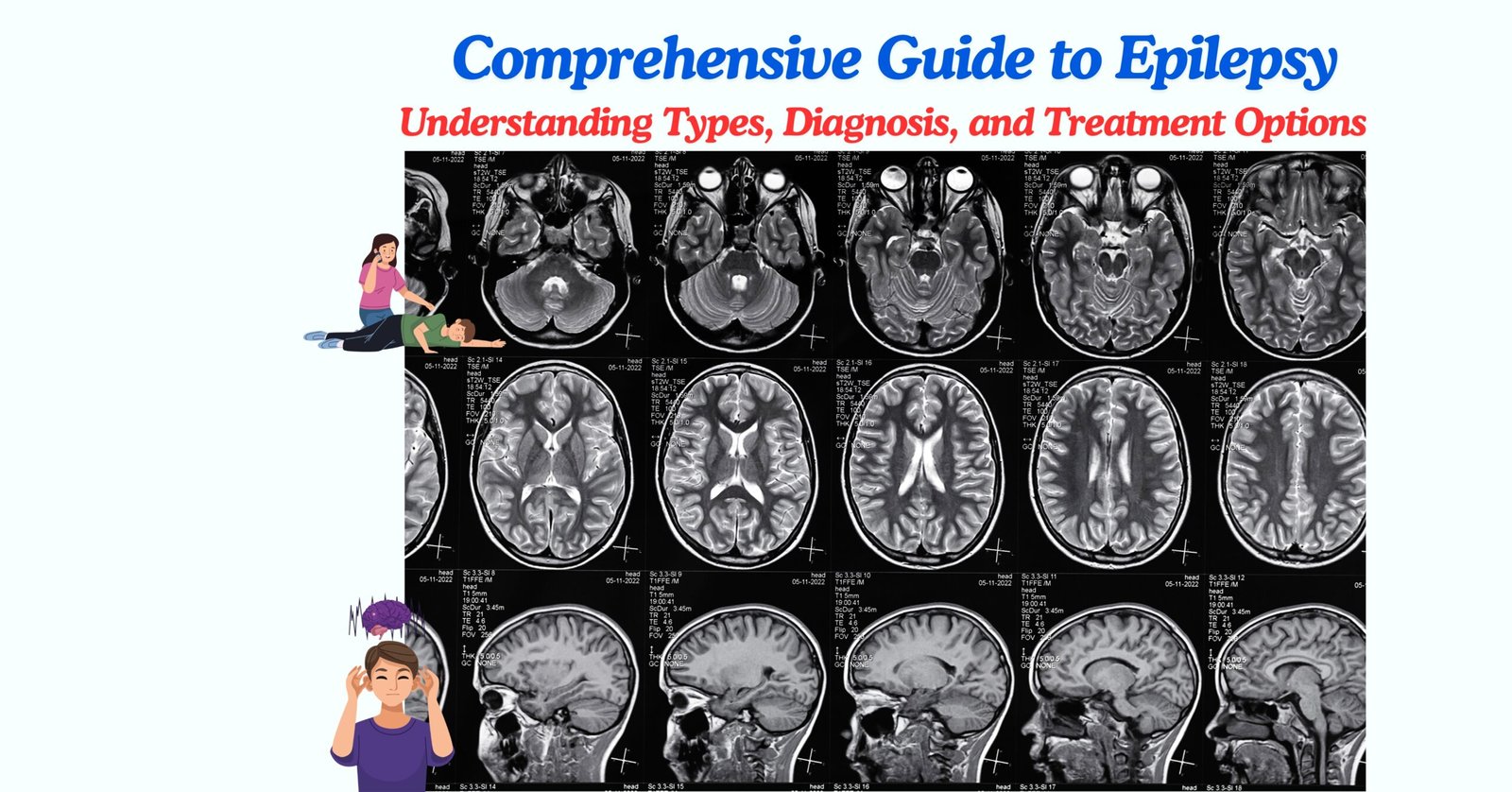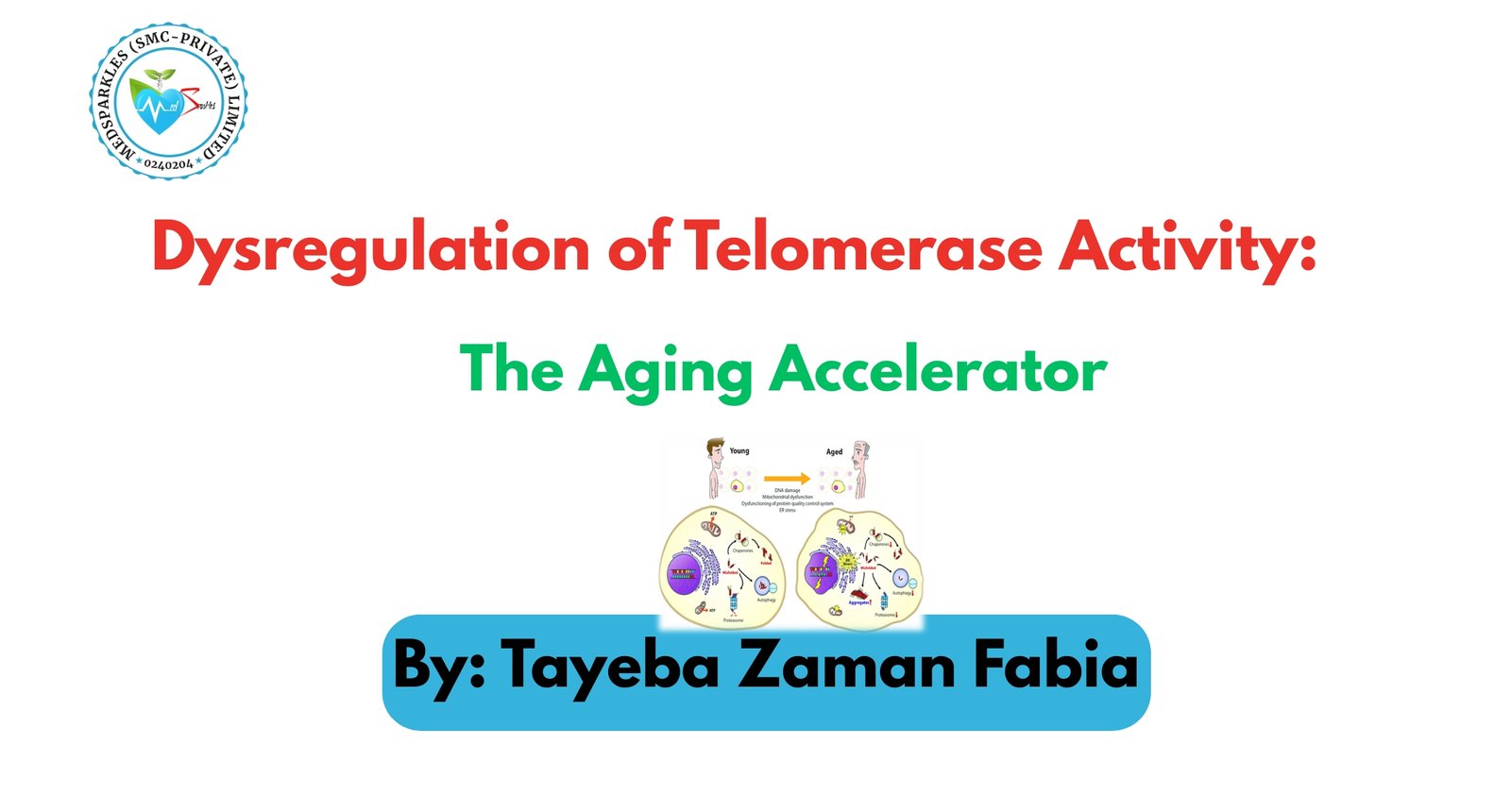What is Epilepsy?
Epilepsy is a neurological disorder characterized mainly by recurrent seizures.
Seizures are abnormal electrical conductivity of brain signals and it is a Hallmark of epilepsy.
Types of Epilepsy
There are mainly two types of Epilepsy including :
1.Generlizaed epilepsy
2.Localized epilepsy
1) Generalized epilepsy
The whole brain or a complete parts of brain possess abnormal electrical activity and
generalized symptoms are generated.
2) Localized epilepsy or focal epilepsy
The part of brain is involved in epilepsy.
Sometimes localized epilepsy is transformed into generalized epilepsy and it hence called as
secondary form of generalized epilepsy.
Drugs used for epilepsy
There are mainly two classes of antiepileptic drugs:
1.Narrow Spectrum – Targets only a specific channels. e:g Ca+ channel blockers.
Calcium channel blockers: Ethosuximide
2.Broad spectrum – These drugs may produce several mechanisms at once.
a. Sodium channel blockers – Phenytoin
b. GABA enhancers
c. Potassium channel blockers
d. SV2A modifiers
Diagnosis of epilepsy
Medical History: The doctor will take a detailed medical history, including the patient’s account of
seizures, any family history of epilepsy, and any other relevant medical conditions. Witnesses to
the seizures may also provide valuable information.
Neurological Examination: A neurological exam will be performed to check the patient’s brain
and nervous system, looking for abnormalities in motor skills, behavior, and cognitive function.
Electroencephalogram (EEG): An EEG is a primary tool used in diagnosing epilepsy. It records
the electrical activity of the brain through electrodes placed on the scalp. An abnormal EEG
showing specific patterns can support a diagnosis of epilepsy.
Imaging Tests:
Magnetic Resonance Imaging (MRI): An MRI scan provides detailed images of the brain’s
structure and can help identify any physical abnormalities, such as tumors or structural issues,
that might be causing the seizures.
Computed Tomography (CT) Scan: A CT scan can detect structural problems in the brain, such
as bleeding, cysts, or tumors.
Blood Tests: Blood tests may be done to rule out other conditions that can cause seizures, such
as infections, electrolyte imbalances, or genetic disorders.
Video-EEG Monitoring: In some cases, long-term video-EEG monitoring is used to capture a
seizure as it happens. This can provide detailed information about the seizure’s characteristics
and origin in the brain.
Neuropsychological Tests: These tests assess memory, thinking, and speech, helping to
determine how epilepsy affects these areas and identifying the regions of the brain involved in
seizures.
Functional MRI (fMRI): Sometimes used to measure brain activity by detecting changes
associated with blood flow, fMRI can help in planning surgery for epilepsy treatment by
identifying critical brain areas.
Positron Emission Tomography (PET) and Single-Photon Emission Computerized Tomography
(SPECT): These imaging techniques can help locate areas of the brain where seizures
originate.





